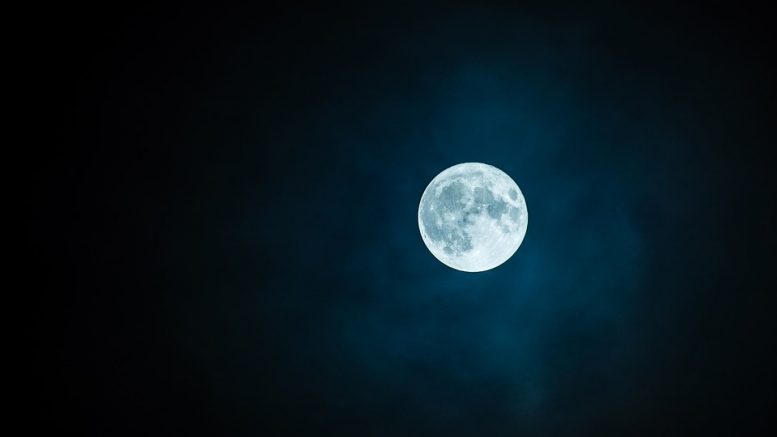By Tibi Puiu
The moon has been neglected for far too long, and China seems keen on moving fast to cover all the lost lunar ground. The nation’s ambitious space program, among other things, is set on achieving several important milestones.
A trifecta, consisting of a lunar probe, lander, and rover, will be deployed to the moon’s orbit and surface respectively. This will be the first time a man-made contraption makes a soft landing on the far side of the moon, a site of renewed interest for many scientists. The mission will also carry insects and plants that will form a mini-ecosystem on the moon whose response will teach us valuable lessons in preparations for a manned outpost or even a colony.
Potatoes on the dark side of the moon
This remarkable mission is part of the Chinese Lunar Exploration Program (CLEP), otherwise known as the Chang’e Program, named so in honor of the Chinese goddess of the moon. Previously, the Chang’e program had already sent two orbiters and one lander to the moon.
In the first half of 2018, Chang’e 4 will initially launch a relay satellite aboard a Long March 5 rocket that will be positioned at the Earth-moon Lagrange point 2 (EM-L2)

